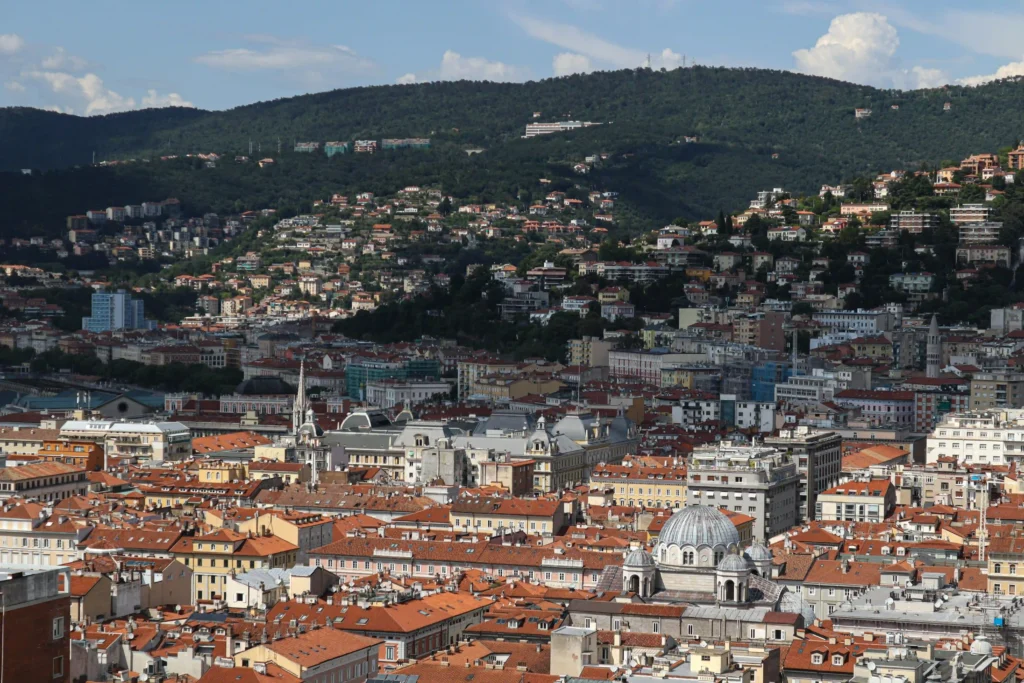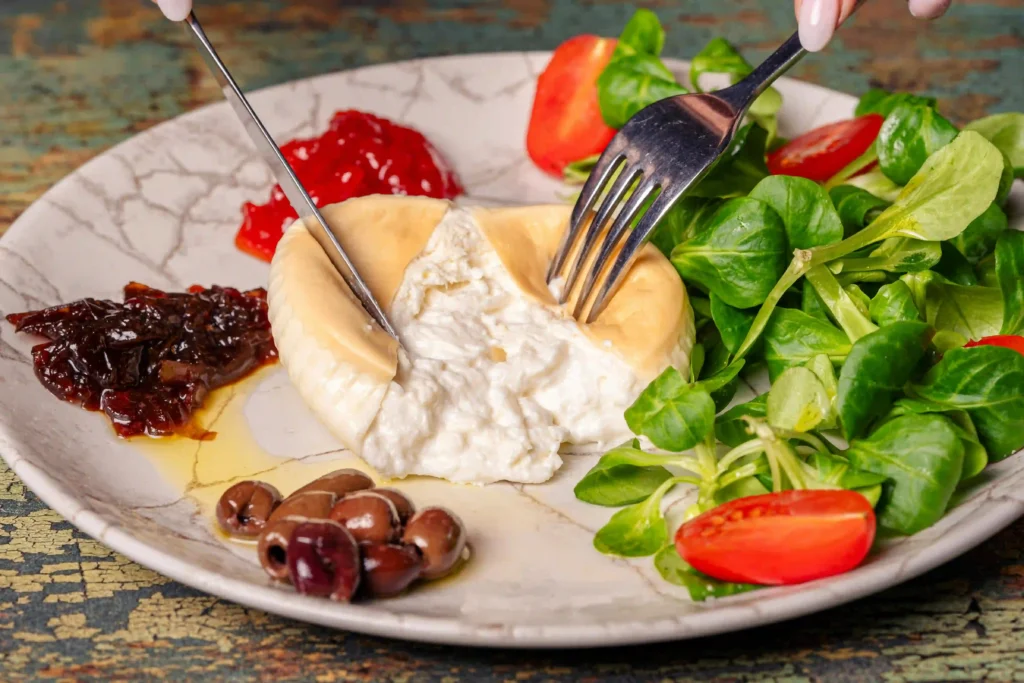Introduction

Enough has been said about Italy as the world’s epicenter of gastronomy, but its most interesting food places are located beyond major metropolitan areas. These are the regions that one does not expect to find enriched history, distinct taste buds, and special culinary adventure. Read about 6 Unexpected Italian Regions Every Foodie Needs to Visit.
Table of Contents
1. Umbria: The Green Heart of Italy
Umbria, known also as the Green Heart of Italy, is dominated by agriculture land of high productive potential. Especially its truffles both black and white are harvested and then used in different meals like pasta, risotto and various types of meats. Other focal products of Umbria include the olive oil which is used liberally in most recipes the region is famous for. The area also has several well-famed wines as Sagrantino that perfectly complement most of the hearty food the region offers. For instance, Umbria’s roast pork, called porchetta, is a specialty of food of the region, which may be taken during festivals and feast. Off the tourist trail, Umbrian cuisine stands tall when you are on the move through hill country and medieval towns as Assisi, Spoleto among others.
2. Basilicata: A Hidden Gem for Authentic Flavors
Southern Italy and particularly the region of Basilicata can be viewed as a place that still has not been discovered by the modern food industry. It is said that the food of the region is the peasant food as this area has always been an agricultural one that grows its own food. It’s food is like any other Italian fare with pasta produced from durum wheat flour, and rustic soupy dishes. The region is also known also for its Pane di Matera that is round thick bread baked in wood oven which has emerged as culture pride of the region. Besides these, there are specific tastes of Basilicata such as peperoni cruschi, that is a sun-dried spicy pepper turn into a crunchy munch for numerous foods. The food offered here is genuine, tasty and is best suitable for anyone who wants to taste true southern Italy food.
3. Friuli Venezia Giulia: A Unique Blend of Cultures and Cuisines

The Friuli Venezia Giulia is a very unique area from the cultural point of view because it borders Italy, Austria and Slovenia. It also exhibits culinary familiarities of the Mediterranean as well as Central Europe due to the past of this area. With regard to Friuli Venezia Giulia, it preserves the province’s prosciutto di San Daniele: the finest dry-cured ham in Italy it must be said. It also has a name for primarily fish and sea foods; particularly those found along the coast of the Adriatic Sea. Frico hotspot and staring dish consists of Montasio cheese is one of the famous foods of this area. The friulano grape varietal corresponds to the wine tradition of the region and aligns with the great pleasures of the cuisine making the region a Friulano wine of Friuli Venezia Giulia and a real culinary connoisseur.
4. Molise: The Underrated Culinary Treasure
A brilliant travel destination that remains off mainstream tourism radar, Molise is the simplest and perhaps the most authentically Italian region in the country. There is, of course, local food which is more basic but fresh – it employs wheat and lamb and possibly vegetables. Meat or vegetable-based sauces are typical of the Cavatelli a short hand rolled pasta The region has a strong back ground of agriculture. Molise also boasts brilliant cheeses including scamorza, a rather softish pizza cheese which is traditionally flame-broiled. Another sweet product you come across in Molise cuisine is mostaccioli, a cookie spiced with wine. However, the food in the region, gives a very real and original image of Italian food culture which has still not witnessed the novel embraces of modernity as experienced in other parts of Italy. You can also learn about Foods For Stress Relief.
5. Calabria: Spicy Dishes and Mediterranean Delights
Calabria has a well-defined and fiery palate, so its food is noticeably different from what you are otherwise likely to find in Southern Italy. Of the ingredients liberals used in the region, probably the most famous one is the chili pepper. The spicy pork spreadable confection called Nduja is only found in the Calabria and it turns any pasta dish, pizza or pastry fiery red. Geographical characteristics imply availability and use of fresh sea-food especially the swordfish and anchovies in the regional delicacies. Calabria has also the bergamot – a fruit that is sour citrus similar to a lemon but used both as a condiment on flesh food dishes and in sweets and liqueur. If you cannot get enough of spicy and tasting foods then you should consider visiting Calabria to help you experience the best of Italy.
6. Le Marche: Coastal Cuisine Meets Countryside Charm

Le Marche is a land where the sea meets the mountains and, therefore, its foods are a hybrid. Though Trieste has access to both sea and earth, its coast side seafood preparations such as the brodetto, a revival of fish stew are a must try, originating from the vonatika of the Adriatic. Onshore people usually prefer heavy food stuff which includes the Vincis Grassi; this is a lasagna prepared with some béchamel sauce and meat. Le Marche is also known for its olives’ recipe, referred to olive ascolane, olives that are stuffed and breaded before being deep fried. As fresh products and local meats and seafood are easily available (executing the theme of land and sea perfectly) the food which one gets a taste of is bound to leave an imprint on one’s bell till. They local wines, such as Verdicchio, give a proper addition to the flavors of the region.
Conclusion
The essence of travelling through Italy’s out of the way areas is discovering real food, recipes that have not been tampered with and have survived the modernization process. Despite traditions for truffles of Umbria or special hot dishes of Calabria there is much more to be tasted in these regions. People who want to go beyond the circle of tried-and-true tourist destinations in Italy will discover a list of gastronomic specialties that should be distinctive for a particular area. Whether you are eating prosciutto in Friuli Venezia Giulia or sea food on the Le Marche coast, the regions offer a real and truthful understanding of Italy food locales.